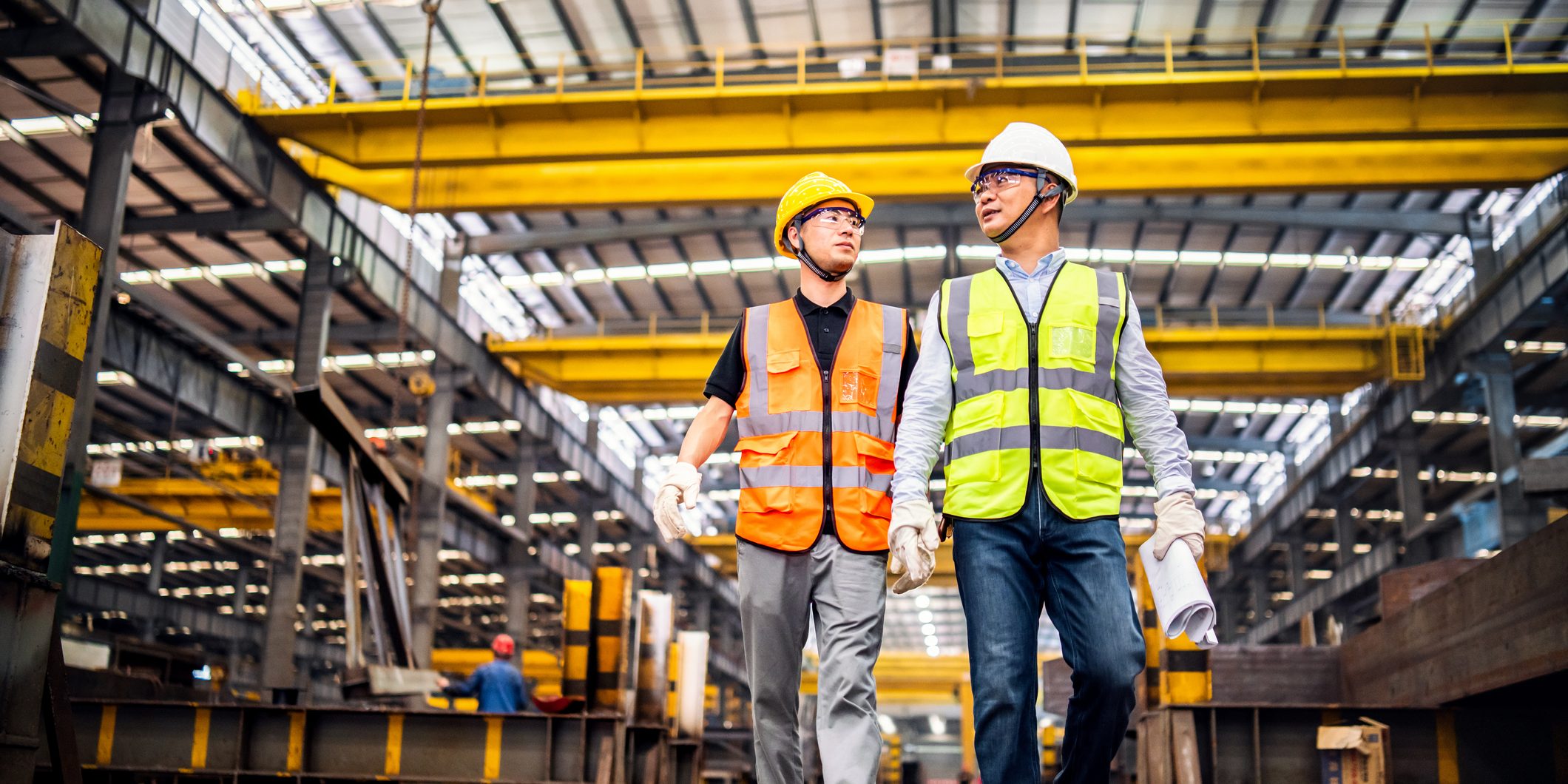Musculoskeletal disorders from manual labor in factories, construction, printing and warehouse work are one of the most common types of workplace injuries and account for one-third of all workers’ compensation costs.
These injuries take a profound economic toll on both workers who suffer these injuries and on employers who pay more for their workers’ comp premiums. There are also indirect costs, such as training replacement personnel, retraining workers, lost productivity and reduced morale.
To reduce the chances of MSDs among your workers, make sure their workstations are ergonomically designed and optimized for safety and efficiency of use.
One of the best ways to reduce these types of injuries is to ensure that workers of different sizes and physical limitations can work in the same area without straining themselves and developing an MSD.
The height of the work area is a significant factor in these types of injuries. Usually the height is stationary, but one size does not fit all. Someone who is too short or too tall for a standing work area will have to strain to work in a position that is not optimal.
The adjustable workstation
While for some workstations a standard size cannot be avoided, in many cases it’s best to have workstations with adjustable heights. Height adjustability is useful not only for very tall or very short people, though.
For specific tasks, the ability to adjust the bench top to the application may help workers of all sizes execute tasks more ergonomically.
An adjustable workspace can accommodate the majority of workers in ways that reduce stresses and strains, whether they differ by height, reach capabilities, strength or flexibility. If you have an adjustable workspace, a tall and short worker can use the same work area by simply adjusting the height when they start their shift.
Avoiding neck strains
Besides a workspace that moves up and down, you should also make sure that the worker doesn’t have to strain to read documents or screens or type on a keyboard, such as when they are sitting on the surface of the workstation.
While this may seem like a small thing, a worker who has to look down at an extreme angle at papers or a screen on a table every day for years can develop neck disorders and injuries. They may not be as severe as a sprain or a strain, but they can still impair the individual’s ability to work ― and over time could require surgery and rehab.
Sometimes the solution is simple, such as using a height-adjustable arm to hold documents or a screen. You can also have an articulating keyboard tray that moves up and down so the worker can adjust it at an optimal height and not have to strain to type.
These solutions are inexpensive and will reduce the chances of employees straining to read documents or screens or type. Using these simple tools will also make your workers more efficient. Like height adjustability, these arms will work for people of various heights and sizes.
The takeaway
The key to ergonomics is to make the environment fit the worker, not vice versa. This can be accomplished in many ways, ranging from facility design to equipment specification to process design.
By homing in on the workstation, you can greatly reduce the chances of your workers developing an MSD.


